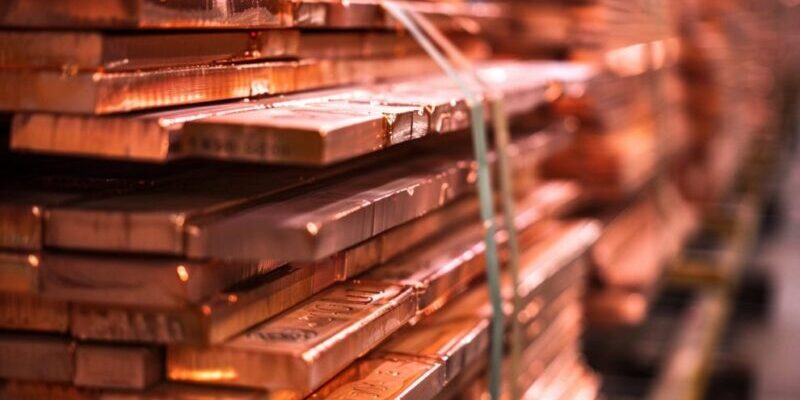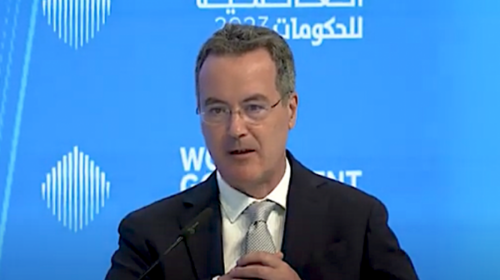Copper Crisis Looms as Miners and Analysts Predict Supply Shortfall
Boca Raton, Fla. – Miners and analysts gathered in a humid beach city in southeast Florida last week to discuss why the mining industry struggles to attract investors, despite a looming copper supply crisis.
Mining mogul Robert Friedland, founder and executive co-chair of Ivanhoe Mines (TSX: IVN), addressed the Rule Symposium via a pre-recorded video interview from Telluride, Colorado.
He emphasized the critical shortage of copper, stating that current prices around $4.60 per pound are insufficient to support the development of new projects.
“We see a crisis coming in physical markets and a requirement for much higher prices to enable most of the copper projects that are in development to have a prayer coming in,” Friedland warned.
He noted that to meet surging global demand driven by the energy transition, more copper must be mined in the next 20 years than in all of human history.
The cost of new copper mines has skyrocketed, particularly in Chile and Peru, where inflation, falling grades, and decreasing output have driven costs to about $45,000 per tonne of daily installed capacity.
While some analysts predict a short-term price rise due to a Chinese smelter supply shortage and grid investments, sustained price gains are necessary for long-term investments.
According to the International Energy Agency, copper demand is projected to increase from 25.9 million tonnes last year to 36.4 million tonnes by 2040, driven by its growing use in clean technology and electric grid expansion. However, analysts have long warned that current prices are not high enough to support new developments.
Friedland stressed copper’s essential role in electrification, renewable energy, and modern warfare. He estimated that the global economy needs to find five or six new Kamoa-Kakula-sized projects annually to maintain a 3% GDP growth rate over the next two decades.
Ivanhoe Mines is addressing the copper deficit with its Kamoa-Kakula project in the Democratic Republic of Congo, which produced over 100,000 tonnes in the June quarter, with 2024 guidance set at 440,000-480,000 tonnes and an outlook to exceed 600,000 tonnes next year.
The current state of the copper market results from chronic underinvestment in production and increasingly scarce resources. Symposium host Rick Rule noted this pattern leads to boom-and-bust cycles, as seen in the 1970s when commodity prices dramatically increased due to underinvestment.
He drew parallels to today’s economic environment, pointing out the significant risk posed by the concentration in the U.S. stock markets, where a small number of issuers drive most gains.
Rule advocated for a contrarian investment approach, suggesting that investing in underappreciated sectors presents opportunities to buy high-quality companies at a discount.
He stressed that the market’s lack of discrimination regarding leadership quality allows investors to purchase successful companies at a small discount compared to less successful ones.
Commodities have seen significant gains this year, with gold up 24%, copper 27%, silver 49%, and uranium 60%, indicating a massive transition despite economic uncertainties.
Macro economist Nomi Prins of PrInsights Global emphasized the critical role of natural resources in future economic stability and growth, driven by geopolitical and energy-related needs.
SOURCE:mining.com
141 total views , 1 views today





